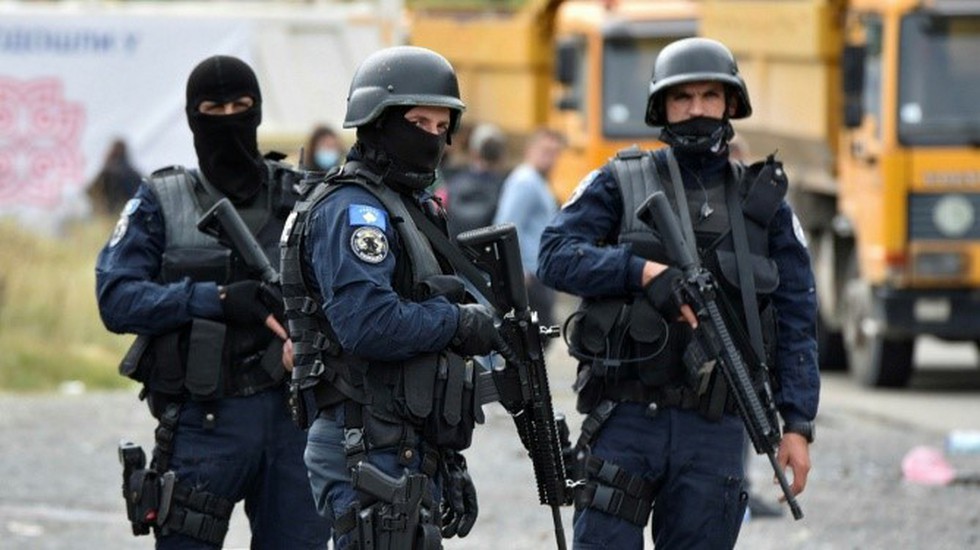
About Kosovo-Serbia tensions:
India’s carbon dioxide (CO2) emission...
National Press Day, observed on Novem...
Recently, the Prime Minister inaugura...
Recently, Red-Headed Vulture was sigh...
The Tamil Nadu Forest Department is e...
Tamil Nadu Forest Department staff an...
A punishing drought has drained the h...
A division bench of the Madras High C...
Mass vaccination of stray dogs in and...
India and Japan recently signed a Mem...